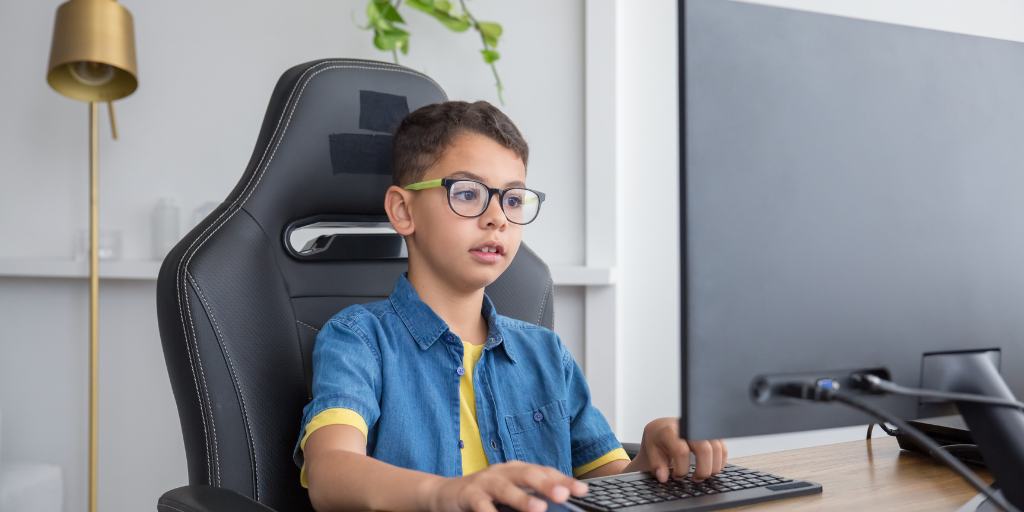
If your child loves Roblox, you’re not alone. With over 70 million daily users and approximately 40 million games, it’s one of the most popular online platforms, period. But Roblox’s open-world structure and chat features can leave you wondering, “How can I monitor what my child is doing on Roblox … without hovering?”
The good news is that there are smart, effective ways to supervise your child’s Roblox activity. This article walks you through how to monitor Roblox, what to watch for, and how to use tools like BrightCanary to get insights into your child’s activity.
Roblox can be a space for entertainment and creativity — but like any online platform, it can also expose kids to:
Monitoring isn’t just about safety. It’s a way to support your child’s digital well-being. While Roblox parental controls allow parents to adjust content and chat settings (which we’ll discuss later), it doesn’t give parents full visibility into what their child actually does on the platform.
When you monitor an online video game platform, you want to stay aware of your child’s chat activity and messages, in-game interactions, time spent on the app, and their mood and behavior.
Let’s cover a few ways you can use available tools to stay on top of your child’s activity.
You can view basic usage data directly in Roblox:
There are a few limitations with this approach, though. If your child is super active on Roblox, it’s easier to miss something, like a concerning message buried in their chat history. Plus, manually reviewing their activity is time-consuming.
If you take this route, we don’t recommend doing it behind your child’s back. Explain why you want to check their account and what you’re concerned about.
A parent account allows you to approve certain actions for your child on Roblox. You’ll be able to set parental controls, including chat controls and spending limits, and view your child’s Roblox usage and on-platform friends.
Additionally, you can create an avatar to play with your child — which is a great way to familiarize yourself with the platform.
One limitation of Roblox’s parental controls is that you won’t be able to monitor what your child messages to their friends. For that, you’ll either need to spot-check their chats or use a monitoring app.
Psst: BrightCanary monitors what your child types across all the apps they use, including Roblox chats on their iPhone or iPad. Download on the App Store today and start your free trial.
Roblox allows you to set screen time limits on how much time your child can play — you can access this setting under Parental Controls once you set up a parent account.
You can also use Apple Screen Time or Google Family Link to:
This step helps manage playtime and reduce the risk of excessive screen use. We recommend setting screen time limits about an hour before bedtime to encourage your child to wind down.
Let’s say your child is playing Rainbox Friends on Roblox, and you’re worried about the game’s horror elements. If you see something concerning — like mature game content, new contacts you don’t recognize, or changes in your child’s mood — here’s how to respond:
Parental controls are a great starting point, but they only go so far. Staying involved with your child’s online activity — including what they play and what platforms they frequent — helps you support your child’s safety, social development, and digital literacy.
BrightCanary can help. Our app monitors what your child types across your child’s favorite apps, including Roblox, YouTube, Google, and even texts. You’ll get summaries, alerts, and insights so you can stay informed — without reading every message. Download BrightCanary and start your free trial today.